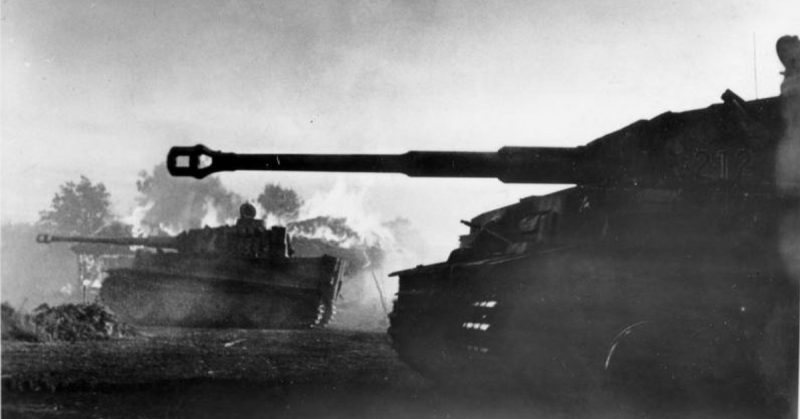Operation Citadel was the last great German push against Russia during WWII. It turned into the Battle of Kursk, the greatest tank battle in history. Due to stubborn Russian resistance and Hitler’s change of heart; it was a costly failure.
The Problem
By the winter of 1942-3, German advances into the Soviet Union had stalled. At Christmas, the Russians launched a new offensive, driving back the Germans.
Consternation and argument among the German command were rife. Hitler, who had little grasp of strategy, wanted the Germans to cling stubbornly to every inch of ground. Field Marshal Erich von Manstein, commanding Army Group South, wanted a war of movement and maneuver.
After much debate, Hitler grudgingly let Manstein fight in his own way. In March, the Russian winter offensive was halted through Manstein’s use of maneuver and counter-attack. One problem remained – the Kursk Salient, a sector of Russian-held territory projecting into the German lines.
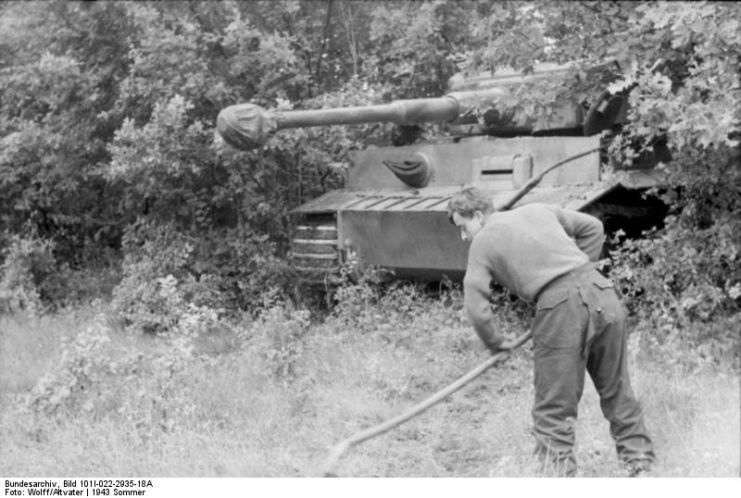
The Plan
The Germans looked for a way to regain the initiative. They came up with Operation Citadel.
Citadel was a bold plan but simple in its conception. The Germans would launch a pincer movement from opposite sides of the salient, coordinating attacks hundreds of kilometers apart. From the south, the 4th Panzer Army under General Hoth would head northeast. From the north, the 9th Panzer Army under General Model would drive south.
The aim was to cut off the Soviets in the salient and trap them there. If it worked, they could destroy over a third of the Russian forces in a single blow. It would also shorten the battle lines by 500 kilometers.
Manstein and other senior commanders believed the Operation should have been launched quickly. Ignoring them, Hitler delayed. Therefore, when the Germans finally attacked, the Russians had had time to develop strong defenses. They constructed a massive network of defensive belts. Using field shields, mines, and anti-tank guns, the entire system was hundreds of kilometers deep.
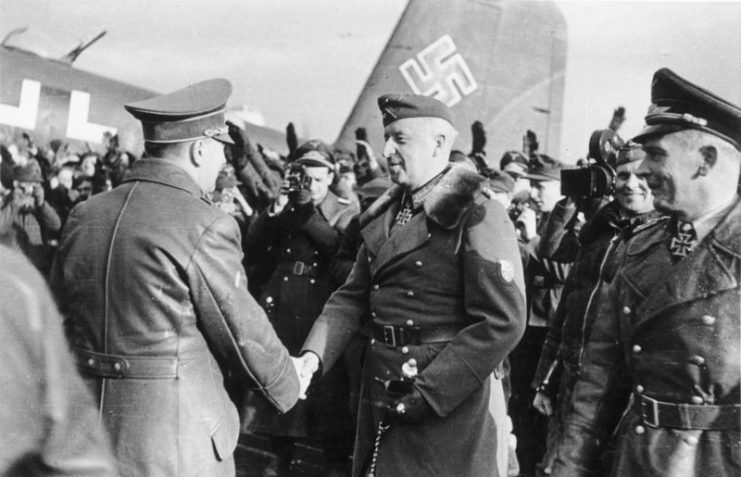
Onto the Offensive
On July 5, 1943, the Germans finally launched their attack.
They had amassed huge resources for Operation Citadel. 65% of the aircraft and 70% of the tanks on the entire Eastern front were deployed for the offensive. 50 divisions, totaling 900,000 troops, accompanied 2,700 tanks and assault guns as they rumbled toward the Soviet lines. Massive Tiger tanks gave them the extra firepower to punch through the armor of Soviet vehicles. It was a massive, carefully planned operation.
As was the Soviet response. Between the efforts of the Lucy spy ring and their observations in the field, the Soviets identified when the attack was coming. As the Germans prepared, their opponents unleashed a tremendous artillery barrage, smashing German forces as they waited.
At 5 AM, the advance began. Wedges of Panzers charged into the fire of the waiting Soviets, with infantry following behind. The skies were filled with the roar of engines and weapons as opposing aircraft attempted to eliminate each other.
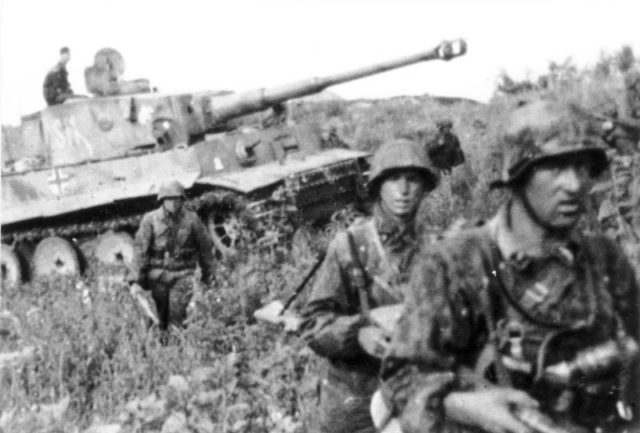
A Clash of Tanks
By July 12, Hoth’s 4th Panzer Army had pushed over 30 kilometers through the Russian forces, piercing line after line of defenses. Near the village of Prokhorovka, they tried to break through once more. There they encountered an opponent who stopped them in their tracks – General Rotmistrov’s 5th Guards Tank Army.
Beneath a sky darkened by thunderclouds, the two armies clashed. 1,200-1,400 tanks were in the area, and 850 of them fought in a single engagement around Prokhorovka. 250 German tanks, including 100 of the fearsome Tigers, faced 600 lighter Soviet tanks, primarily T-34s.
The Soviets rushed forward to minimize the effect of the Tiger tanks longer range and greater stopping power. General Guderian, one of Germany’s greatest innovators in tank warfare, said later he had never seen such a display of Soviet strength.
As the Russians tried to win by weight of numbers, the Germans countered with their technology and training. The result was a stalemate of staggering proportions. The fields around Prokhorovka were littered with the burning shells of vehicles, the casings from their ammunition, and the bodies of the men who had operated them. Never before had such staggering mechanical destruction been unleashed.
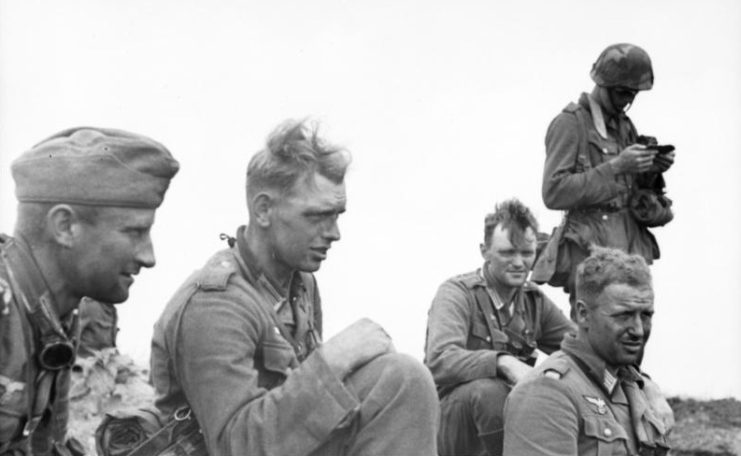
Lost Momentum
The most famous encounter of the battle was also the last German advance.
Faced with the deep defenses and batteries of anti-tank guns, the German Panzer divisions had not achieved the breakout they needed. General Model had advanced 13 kilometers in the north, Hoth 32 kilometers in the south. The gap they needed to close stretched over 200 kilometers, and they had run out of steam.
While the battle at Prokhorovka took place in the south, a Russian counter-attack began in the north. The tables were about to turn.
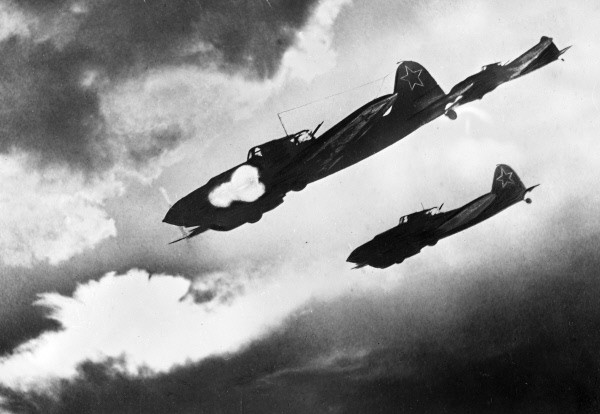
Operation Abandoned
Manstein still believed that Operation Citadel could succeed. Hoth had penetrated so far through the Russian defenses that a breakthrough was imminent. If they kept pushing, they could have a much-needed victory in the East.
Hitler, however, was disillusioned. Not only had the Operation not lived up to his dreams, but while it was faltering the Americans and British had invaded Sicily. Citing the need to stop the Allies taking Italy, he called off Operation Citadel and started diverting troops south.
Over the next month, the Russians pushed the Germans back on both fronts around Kursk. By August 18, they had not only taken back the territory seized during Citadel but retaken more territory either side of the salient.
Two million men took part in the Battle of Kursk. Hundreds of thousands of Germans were killed, injured, or captured. Thousands of tanks were destroyed.
With the operation’s failure, the last German chance to defeat Russia died.
Sources:
Nigel Cawthorne (2004), Turning the Tide: Decisive Battles of the Second World War
Richard Holmes, ed. (2001), The Oxford Companion to Military History
James Lucas (1996), Hitler’s Enforcers: Leaders of the German War Machine 1939-1945
